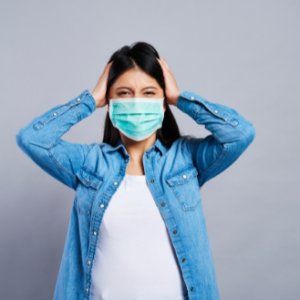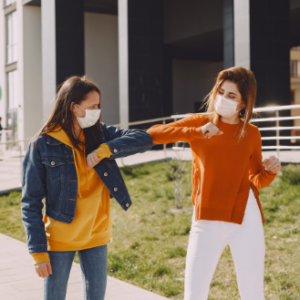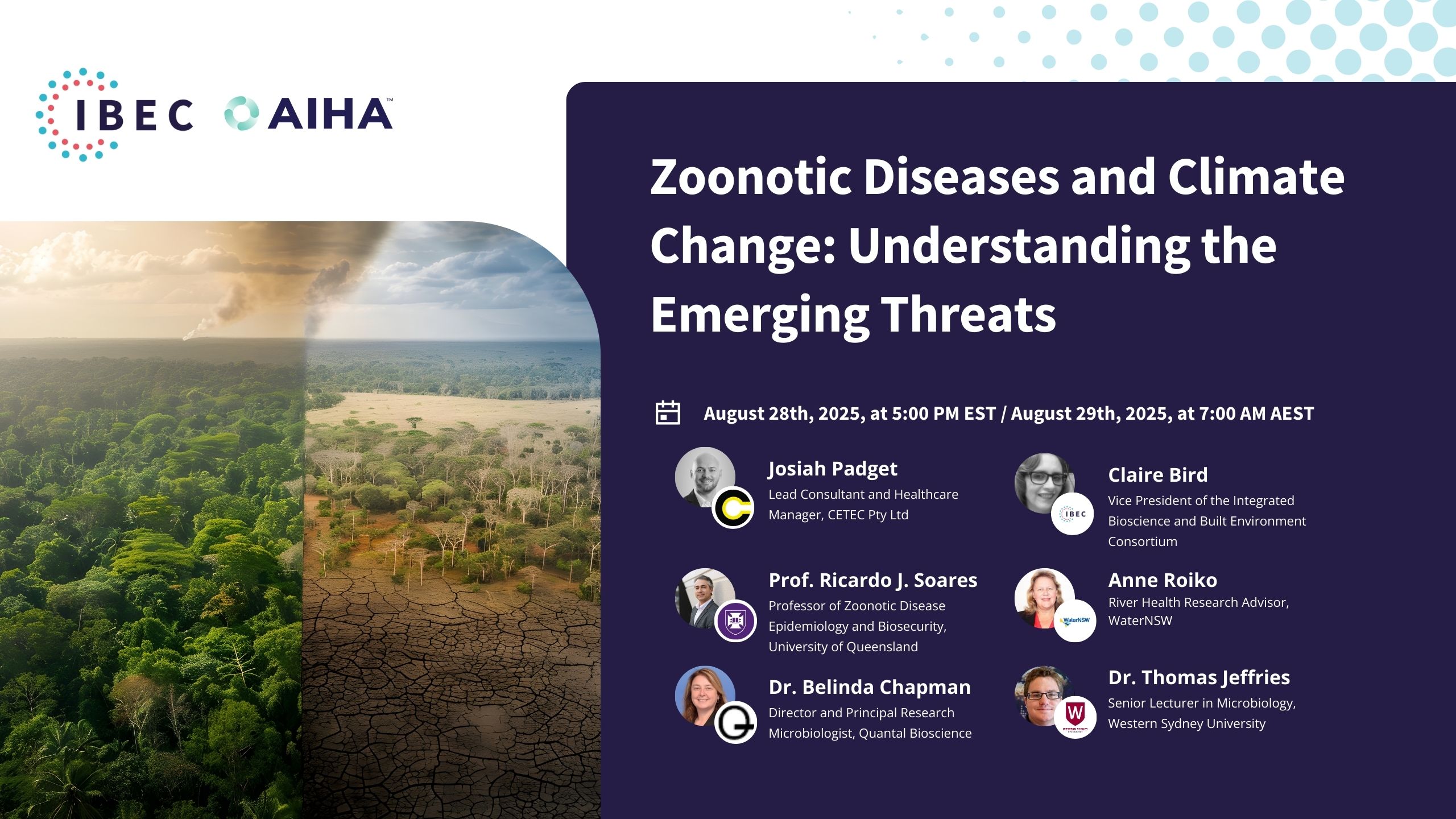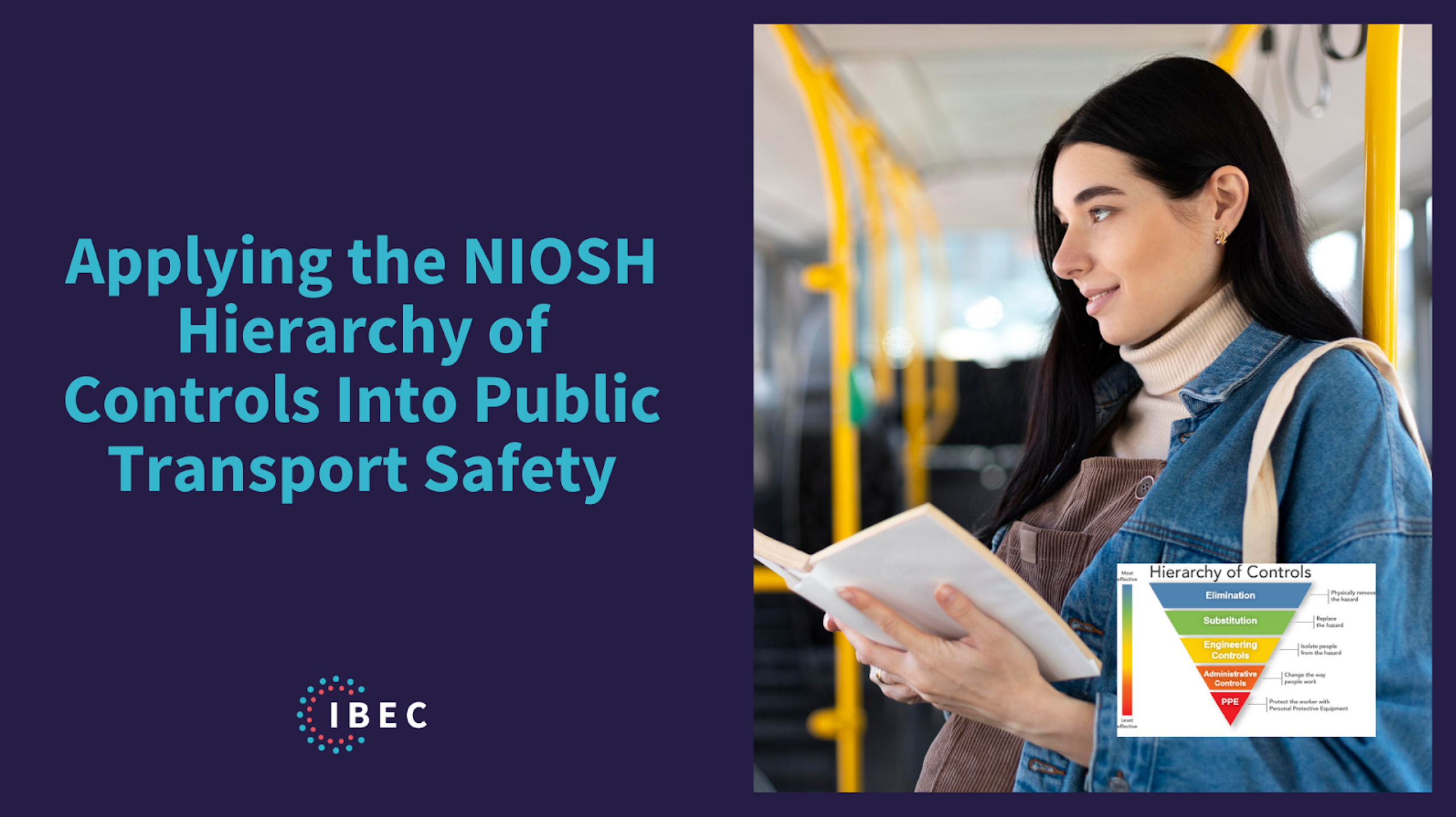
In our latest CLEAN Lessons Learned Session – Making Confidence Our Travel Companion: Managing the environment to reduce public transport transmission, we discussed how the NIOSH Hierarchy of Controls can be implemented in public transport safety.
The NIOSH Hierarchy of Controls proposes the following control methods:
- Elimination.
- Substitution.
- Engineering controls.
- Administrative controls.
- PPE.
Each of these control methods can be applied to public transport safety, and some of them have proven to be more effective than others.
Regaining confidence in public transport safety, especially after removing mask mandates, has led to widespread uncertainty. Keep reading for more recommendations to reduce airborne disease transmission in public transport using the NIOSH Hierarchy of Controls.
Why is this topic important?
Public transport safety is essential because the transportation sector was particularly hit hard by COVID, especially the public transportation workforce.
Public transportation ridership in many places is still well below pre-COVID levels. People are working remotely or choosing to go by car rather than go in public transit because of concerns over COVID.
At the same time, public transit is increasingly seen as an essential tool in reducing carbon emissions to help address climate change by getting people out of personal automobiles and traveling by more efficient means.
Thus, we believe this topic relates to two key challenges we face, climate change and infectious disease, allowing people to travel safely by finding ways to mitigate infectious disease spread via more earth-friendly transportation methods.
The NIOSH Hierarchy of Controls & Public Transport Safety
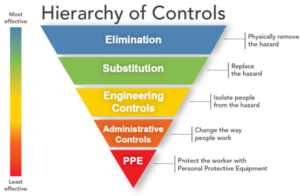
The hierarchy of controls implements effective control measures within an organization, workplace, or community to identify the most effective ways to control exposure to hazards.
Depicted with this inverted pyramid, the more effective controls are at the top, and the less effective controls are at the narrow bottom.
Elimination
When we extrapolate this system to control COVID-19 spread, we see that elimination is the most effective measure. However, in terms of public transport, it is simply not possible.
People’s first strategy was to stop using public transport. In New York, the transportation system dropped 8% on subways or commuter rail and 23% on buses compared to the pre-COVID period; this is a significant incredible drop in ridership.
Substitution
The second control is substitution; replacing the hazard with something less hazardous again is not reasonably possible. In this case, in a way, people choosing remote work and distance learning could be viewed as a substitution.
Engineering Controls
Engineering controls must be employed, along with other controls like masks, etc. Implementing engineering controls in the community and using a mitigation strategy is especially challenging in rail cars and buses. It requires redesigning the space and ventilation system to reduce the risk of pathogen transmission sufficiently.
Administrative Control
Administrative control involves changing individual behavior via policy or mandate to minimize risks like social distancing and mask mandates. If you took any New York City transportation modes recently, you would see that both are very difficult to enforce.
PPE
The effectiveness of PPE control measures in transportation systems such as New York City is very limited as it requires the efficient supply and correct and continuous use of the PPE.
Which one is the best?
It looks like engineering control will be the most practical to implement to ensure public transport safety. However, it does have its limitations.
Key takeaways:
- In our latest CLEAN Lessons Learned Session – Making Confidence Our Travel Companion: Managing the environment to reduce public transport transmission, we discussed how the NIOSH Hierarchy of Controls can be implemented in public transport safety.
- Public transport safety is essential because the transportation sector was particularly hit hard by COVID, especially the public transportation workforce.
- We believe this topic relates to two key challenges we face, climate change and infectious disease, allowing people to travel safely by finding ways to mitigate infectious disease spread via more earth-friendly transportation methods.
- The hierarchy of control system implements effective control measures within an organization, workplace, or community to identify the most effective ways to control exposure to hazards.
- When we extrapolate this system to control COVID-19 spread, we see that elimination is the most effective measure. However, in terms of public transport, it is simply not possible.
- The second control is substitution; replacing the hazard with something less hazardous again is not reasonably possible.
- Implementing engineering controls in the community and using a mitigation strategy is especially challenging in rail cars and buses.
- Administrative control involves changing individual behavior via policy or mandate to minimize risks like social distancing and mask mandates.
- The effectiveness of PPE control measures in transportation systems such as New York City is very limited as it requires the efficient supply and correct and continuous use of the PPE.
- It looks like engineering control will be the most practical to implement to ensure public transport safety. However, it does have its limitations.
Do you want to have access to all IBEC summits and CLEAN Lessons Learned sessions?
Becoming an IBEC member today!
Related Blogposts
COVID 19 Crisis Response, Mental Fatigue & Resilience
This is an extract from our October CLEAN Lessons Learned session “Reducing Exposure to COVID-19: The Human Factors” where Dr. Melissa Marot gave a presentation…
Beyond COVID-19
Strategies to go beyond COVID-19 with Dr. Lidia Morawska.
- « Previous
- 1
- 2
- 3

